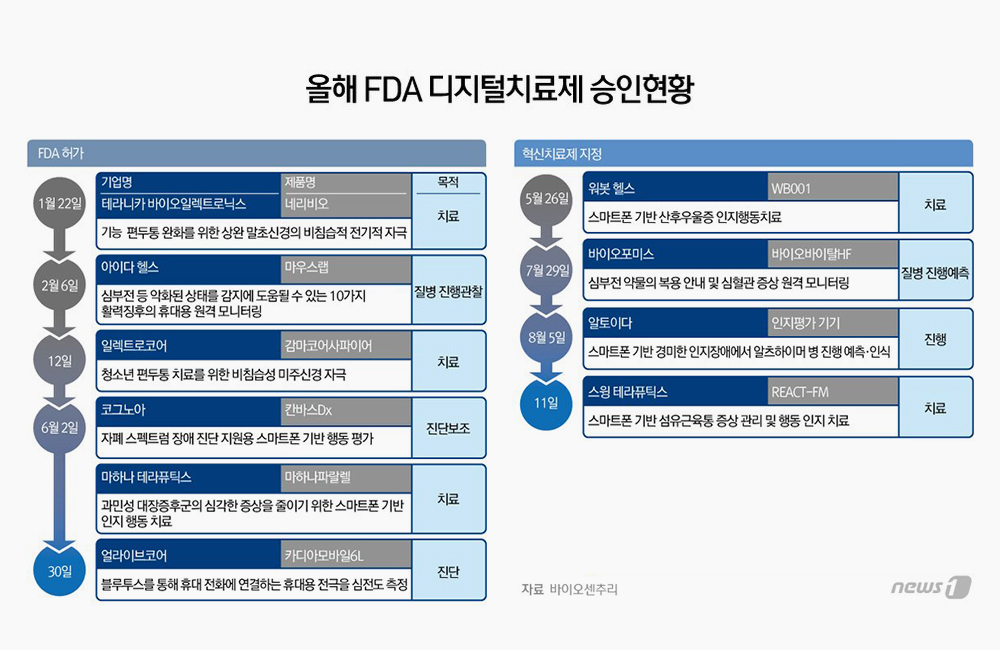Patients with osteoarthritis-related pain
were shown to benefit from cognitive behavioral therapy for insomnia (CBT-I)
via telephone, in which the treatment significantly improved sleep and fatigue
after 12 months, with pain temporarily relieved as well.
Cognitive behavioral therapy for insomnia
(CBT-I) was shown to improve sleep and fatigue among patients with
osteoarthritis-related pain, according to study findings published this week in
JAMA Internal Medicine.
Insomnia is a common comorbidity in older
adults alongside other chronic conditions. Notably, more than half of patients
with osteoarthritis, which affects 50% of older adults, report symptoms of
disturbed sleep.
“Insomnia and chronic
pain have reciprocal effects, each initiating, maintaining, and exacerbating
one another,” noted the study authors
Recently, CBT-I has emerged as an effective
therapeutic intervention for people with comorbid conditions and was
recommended for use in recent clinical practice guidelines issued by the
American Academy of Sleep Medicine. More noteworthy amid the pandemic, CBT-I
delivered via telemedicine was found to be noninferior to in-person delivery in
managing severity of insomnia and improving daytime functioning.
As the first large randomized trial to
assess CBT-I delivered via telephone among older adults with comorbid moderate
to severe insomnia and chronic osteoarthritis pain, the Osteoarthritis and
Therapy for Sleep study compared the efficacy of the remote therapy with
education-only control (EOC) in 327 participants 60 years and older from Kaiser
Permanente Washington (mean [SD] age, 70.2 [6.8] years; 244 [74.6%] women).
The study was conducted from September 2016
to December 2018, with participants undergoing six 20- to 30-minute telephone
sessions (n = 163) or EOC (n = 164) over 8 weeks. Participants were double
screened 3 weeks apart for moderate to severe insomnia and osteoarthritis pain
symptoms, and were blindly assessed for the primary outcome of Insomnia
Severity Index (ISI) score at baseline, 2 months posttreatment, and at 12-month
follow-up.
In addition to the ISI, secondary outcomes
included pain (Brief Pain Inventory-short form), depression (8-item Patient
Health Questionnaire), and fatigue (Flinders Fatigue Scale).
“Participants
submitted daily diaries and received group-specific educational materials,”
explained study authors. “The CBT-I instruction included sleep restriction,
stimulus control, sleep hygiene, cognitive restructuring, and homework. The EOC
group received information about sleep and osteoarthritis.”
Among the 282 participants who provided
follow-up ISI data, total 2-month posttreatment ISI scores exhibited a
significant adjusted mean between-group difference of −3.5 points between the CBT-I group and the EOC group (95% CI, −4.4 to −2.6 points; P < .001),
which was sustained at 12-month follow-up (adjusted mean difference, −3.0 points; 95% CI, −4.1 to −2.0 points; P < .001).
Additionally, at 12-month follow-up, 56.3%
of participants receiving CBT-I remained in remission (ISI score ≤ 7), compared
with 25.8% of those receiving EOC.
Secondary outcome measures indicated:
Participants of the CBT-I group exhibited
significant reductions in fatigue compared with the EOC group at 2 months
post-treatment (mean between-group difference, −2.0 points; 95% CI, −3.1 to −0.9 points; P = .001) and 12-month follow-up (mean between-group
difference, −1.8 points; 95% CI, −3.1 to −0.6 points; P = .003)
Posttreatment significant differences were
observed for pain after 2 months, but these differences were not sustained at
12-month follow-up
“Telephone CBT-I was
effective in improving sleep, fatigue, and, to a lesser degree, pain among
older adults with comorbid insomnia and osteoarthritis pain in a large
statewide health plan,” concluded study authors. “Results support provision of
telephone CBT-I as an accessible, individualized, effective, and scalable
insomnia treatment.”
Reference
McCurry SM, Zhu W, Korff MV, et al. Effect
of telephone cognitive behavioral therapy for insomnia in older adults with
osteoarthritis pain. JAMA Intern Med. Published online February 22, 2021.
doi:10.1001/jamainternmed.2020.9049









